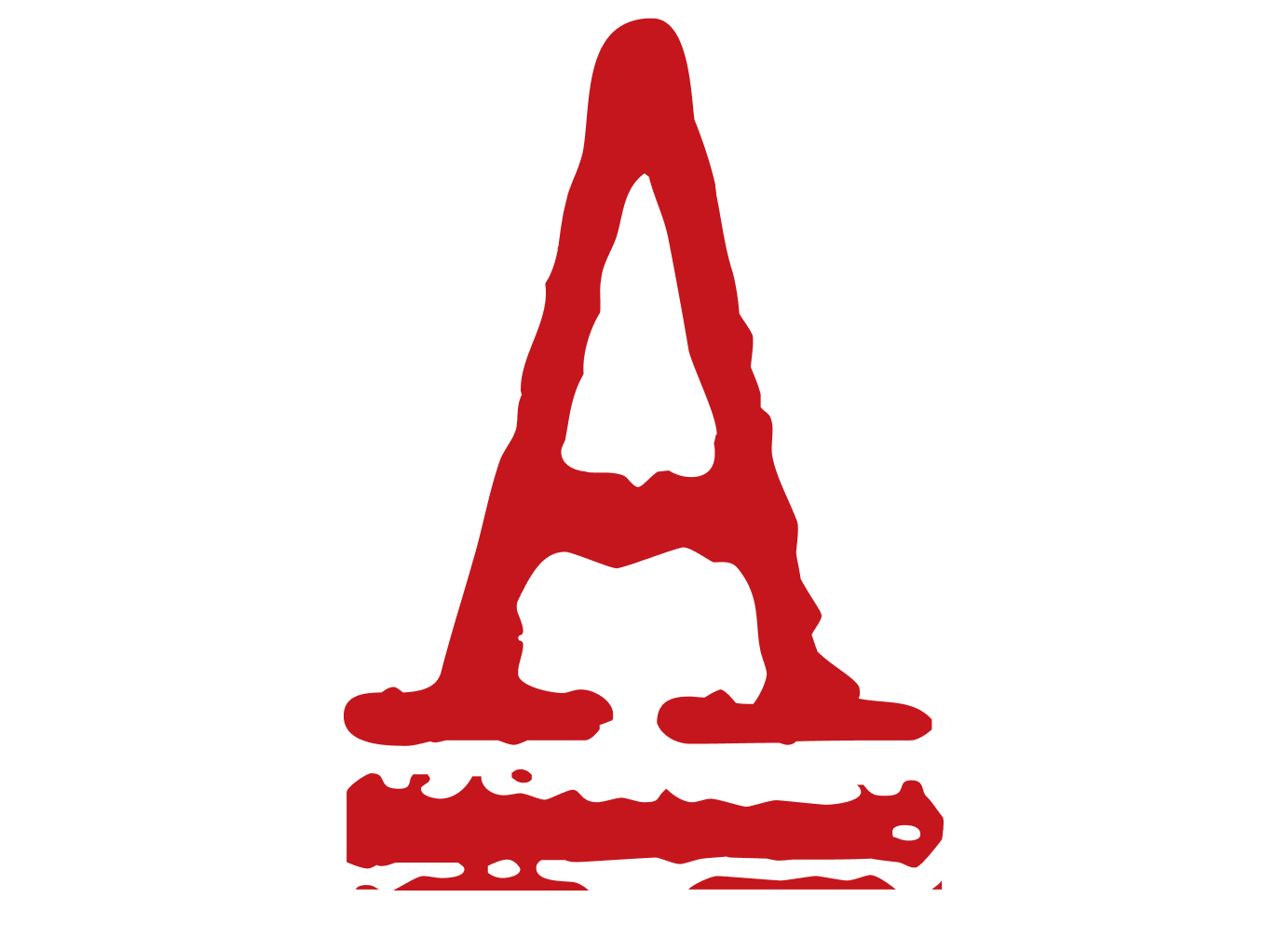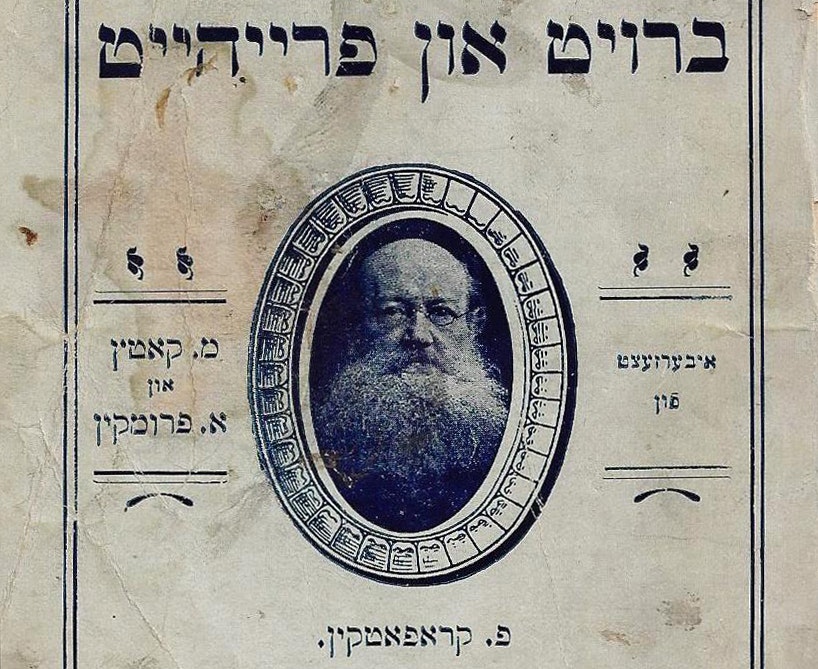On Sunday, January 20, YIVO will host Yiddish Anarchism: New Scholarship on a Forgotten Tradition, a day-long conference. Claire Ehrlich sat down with scholars Kenyon Zimmer, Anna Elena Torres, and Tony Michels to discuss, among other topics, anarchism’s relationship to Jewish culture, religious practice, and Zionism; its erasure within Jewish scholarship; and why it’s so often dismissed as a political tendency. This conversation has been edited for length and clarity.
Claire Ehrlich: The synergies between Jewish history and culture and anarchist ideas are hard to ignore. For one thing, Yiddish anarchists didn’t come from a Yiddish land with borders or state powers. There were certain ideas that Jews didn’t have to unlearn in order to transition into anarchist thought. Are there other factors that you think contributed to the attraction of so many Yiddish speaking Jews to anarchism?
Kenyon Zimmer: Well, it’s important to remember that Italy didn’t exist until 1861. Most Italians didn’t identify strongly with the Italian nation state until well into the 20th century. It’s therefore no accident that there were a lot of Italian anarchists as well. Which is just to say, I think there’s a reason that both Jews and Italians found a lot about anarchism that was easy for them to understand. As you say, Jewish anarchists didn’t have to unlearn nationalism, especially because Zionism in places like the United States was not particularly strong until after World War I. In some ways, it was Jewish nationalism that was the new upstart, which had to contend with anarchism and other already existing political currents. In an interview late in his life, Ahrne Thorne, the last editor of the Yiddish paper the Fraye Arbeter Shtime said, simply, “Yiddish is my homeland.” Which I think nicely sums up a lot about it.
CE: Anarchism has had different incarnations in so many different cultures and parts of the world. Did Yiddish anarchism develop distinct practices or emphasize particular ideas compared to anarchist cultures among other ethnic communities? In other words, was Yiddish anarchism just anarchism, translated into Yiddish? Or did Yiddish speakers practice and create their own kind of anarchism?
Anna Elena Torres: Some people might assume that because anarchists believe in the abolition of borders, they also believe in the abolition of difference. But to the contrary, I think the particularities of Yiddish anarchist culture—like writing in a minor language or reinventing religious texts—show the importance of maintaining difference against cultural hegemony. I don’t think writing in Yiddish made them some sort of failed universalists; rather, writing from a non-territorial language became a position of critique. Yiddish remained in proximity to other languages: there are lively accounts of meetings in New York and New Jersey held in Italian, German, and Yiddish, all those languages in the same room together. In some anarchist spaces, Yiddish was one diasporic language among several. These social practices were crucial for cultivating comradeship; they sought to build liberated forms of kinship as the basis of society, not as a means to other ends, like the utilitarian comradeship of a military unit. The anarchists were trying to develop an everyday practice of comradeship, an anarchist minhag. This included building radical schools, art studios, cultures of song, children’s plays, picnics, steam boat fundraisers up the Hudson, intellectual salons. They sought to transform society through Yiddish radical culture, by articulating expansive visions of beauty in everyday life.


